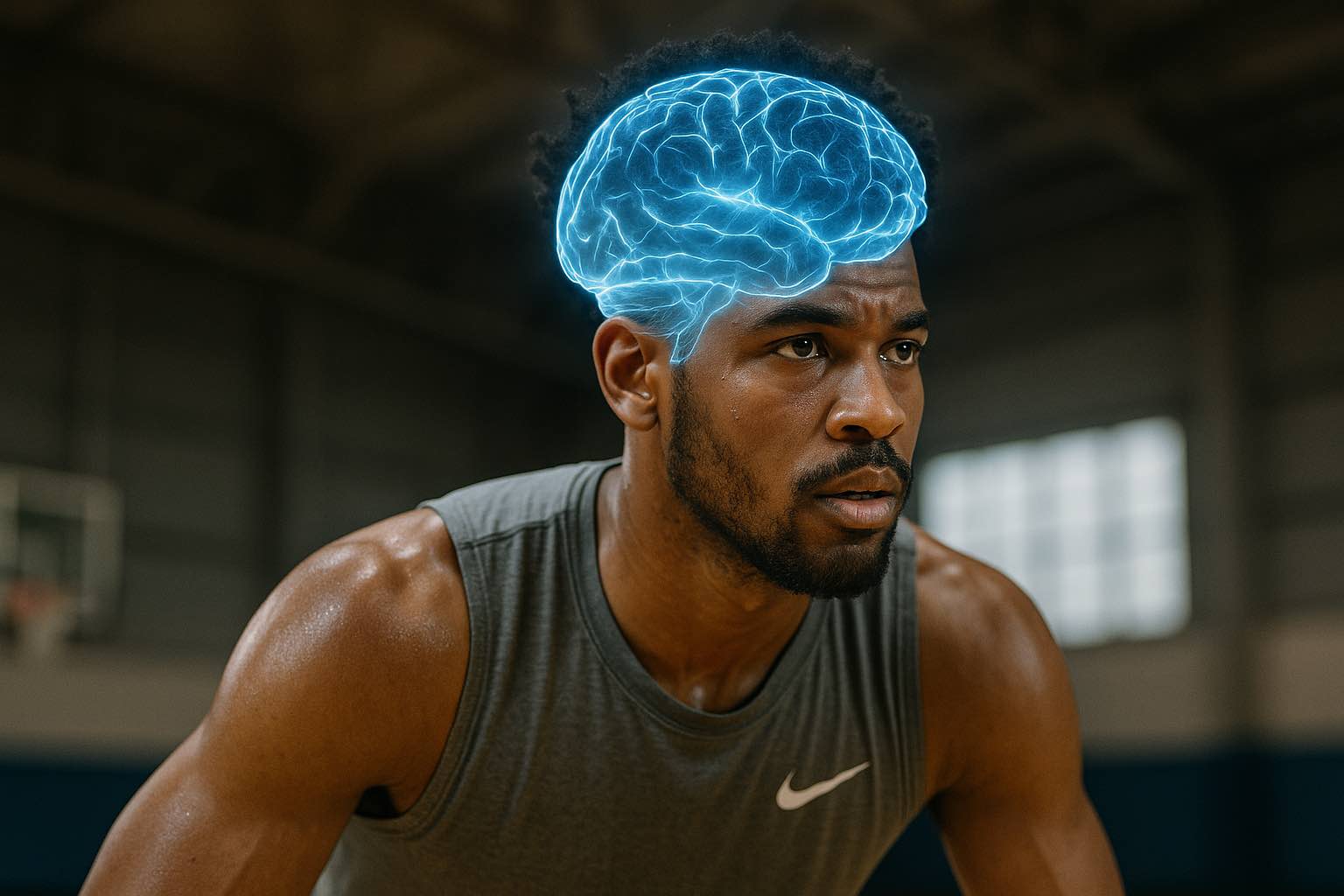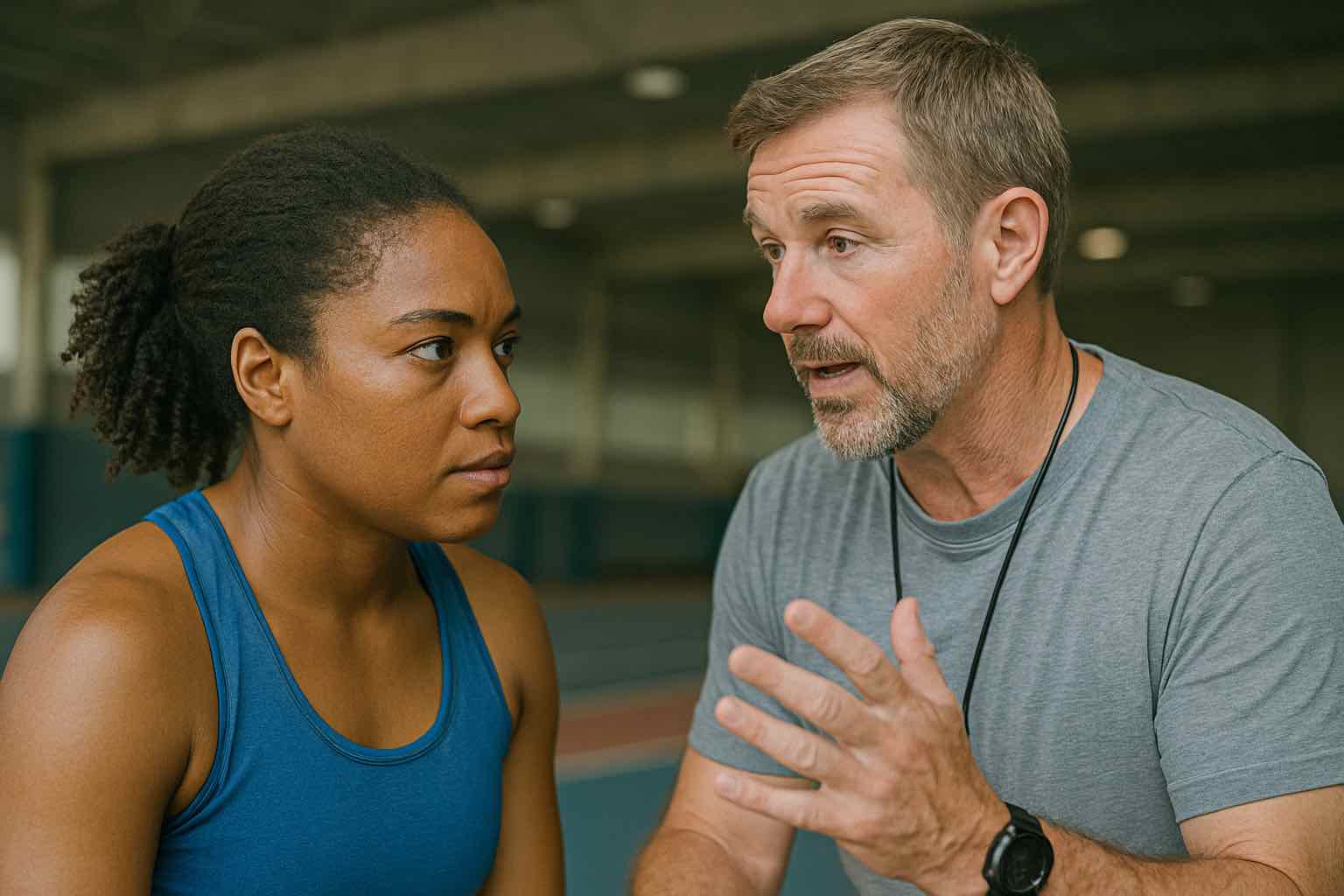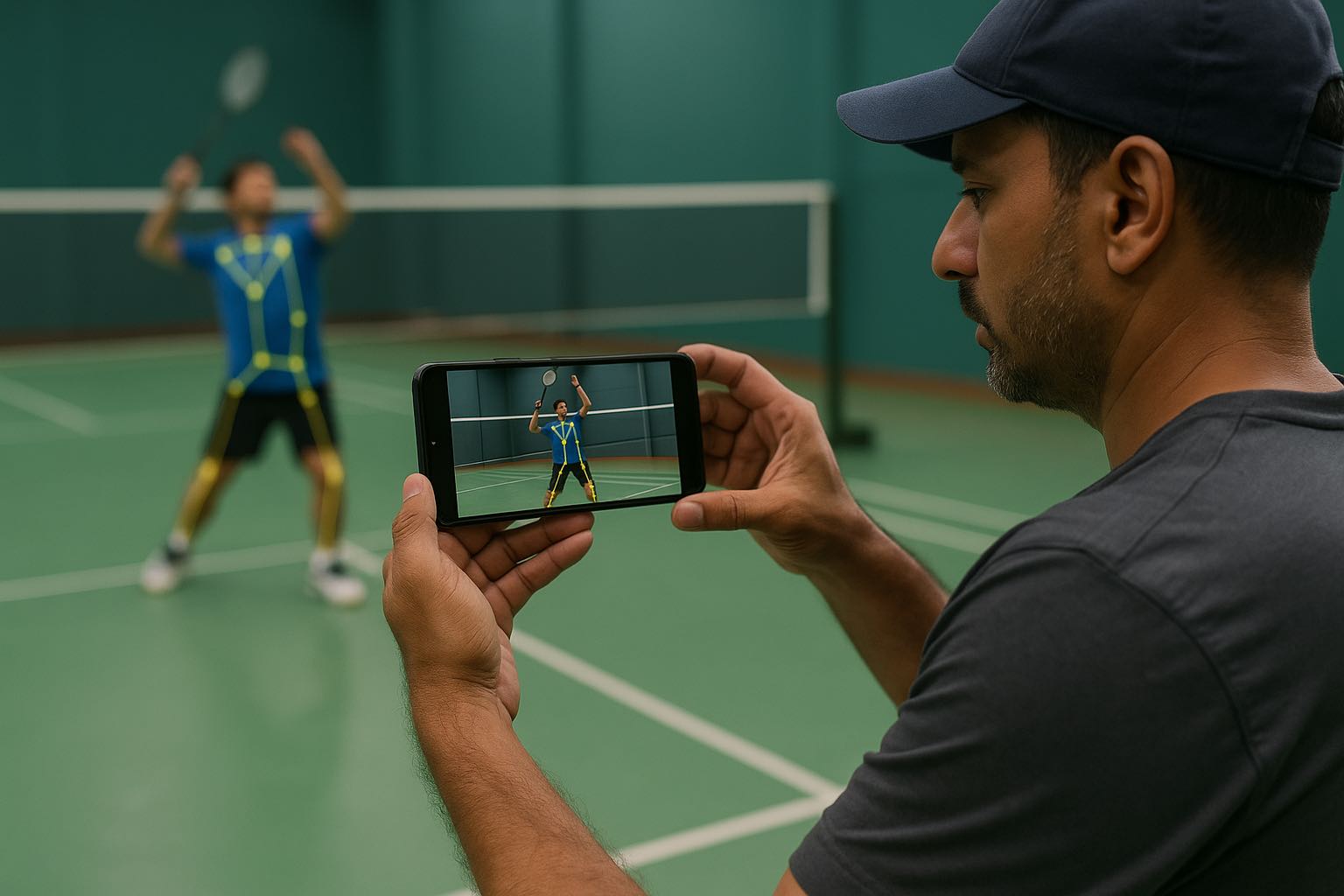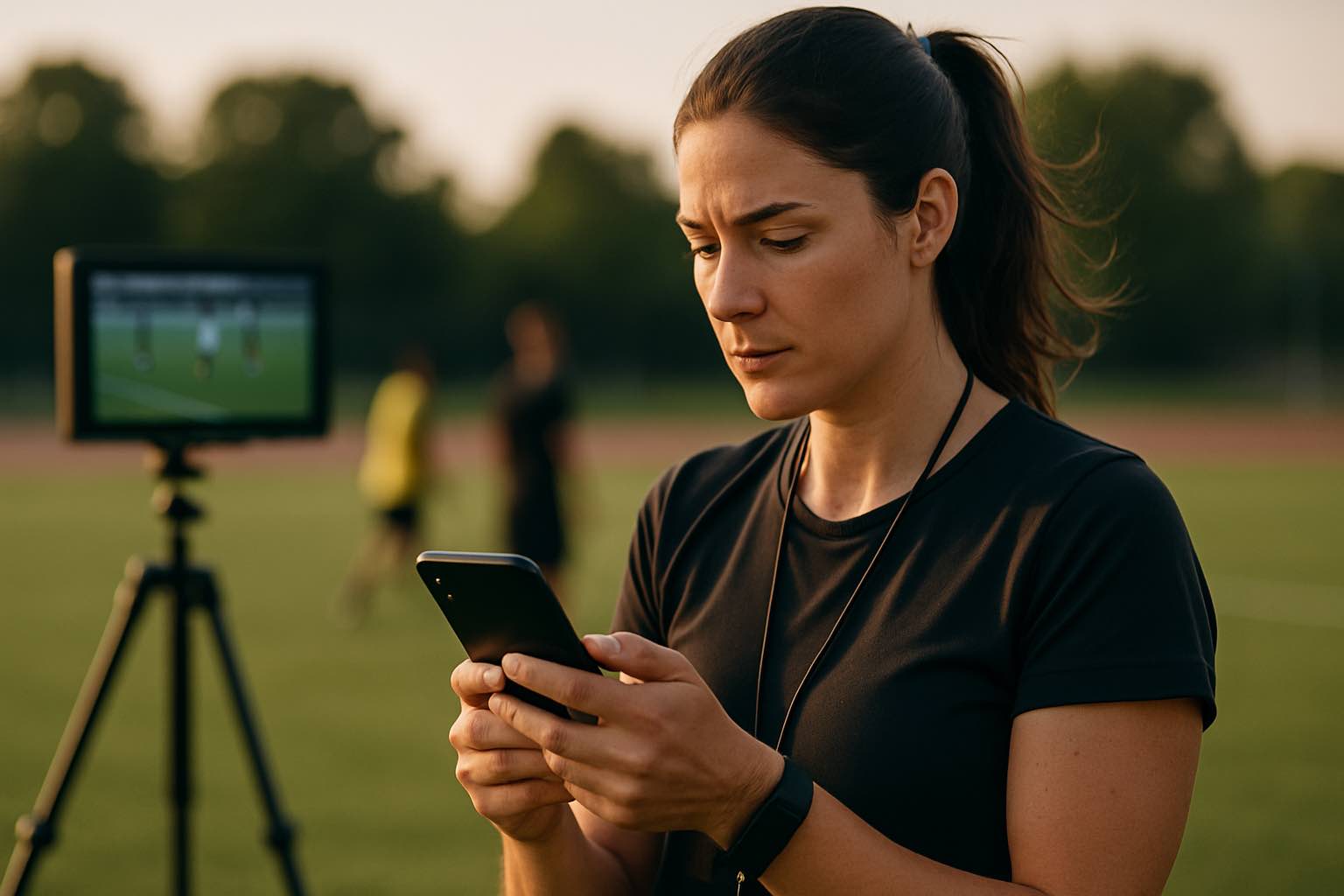The Brain-First Revolution: How Neuroscience is Transforming Sports Coaching
Imagine walking onto a basketball court where players aren't just running drills—they're training their brains to make split-second decisions under pressure. Picture a tennis academy where coaches don't just fix technique; they rewire neural pathways for peak performance. Welcome to the cutting edge of sports coaching, where neuroscience meets athletic development.
In an era where marginal gains separate champions from competitors, forward-thinking coaches are discovering that the most powerful muscle in sports isn't in the legs or arms—it's between the ears. This emerging approach, known as brain-based training or neuro-athletic coaching, is reshaping how we develop athletes across all sports.
Why Your Athletes' Brains Matter More Than You Think
The traditional coaching model focused almost exclusively on physical conditioning, technical skills, and tactical knowledge. But groundbreaking research over the past decade has revealed something remarkable: elite athletic performance is fundamentally a neurological phenomenon.
Consider these eye-opening findings:
- Decision-making speed: Elite athletes process game situations 200-300 milliseconds faster than recreational players—a difference entirely rooted in brain processing efficiency
- Pattern recognition: Top performers can predict opponents' actions based on minimal cues, a skill developed through specific neural pathway training
- Stress resilience: Champions regulate their nervous system more effectively under pressure, maintaining optimal performance zones when others crack
The implication? If you're not training the brain, you're leaving the most significant performance gains on the table.
The Four Pillars of Brain-Based Coaching
1. Visual Processing and Perceptual Training
Your athletes' eyes gather information, but their brains interpret it. The faster and more accurately this happens, the better they perform.
Practical Applications:
- Ocular motor training: Use specialized exercises that improve eye tracking, saccades (rapid eye movements), and visual convergence
- Peripheral vision drills: Design training that expands athletes' visual field awareness—critical for team sports
- Contrast sensitivity work: Train athletes to pick up subtle visual cues (like ball spin or body positioning) that predict opponents' actions
Real-World Success: German Bundesliga club RB Leipzig has integrated visual training into their academy program. Young players spend 15 minutes per session on specialized vision drills using strobe glasses and reaction lights. Results? A 23% improvement in defensive positioning and a 17% increase in successful interceptions among youth players.
2. Cognitive Load Management
The brain has limited processing capacity. Overload it, and performance plummets. Elite coaches are learning to optimize cognitive demands during training.
The Science: Research published in the Journal of Sports Sciences (2023) demonstrated that athletes experiencing high cognitive load showed a 31% decrease in technical execution quality and a 47% increase in decision-making errors.
Coaching Strategies:
- Progressive complexity: Start with simple scenarios, then systematically add variables (time pressure, defenders, environmental factors)
- Dual-task training: Combine physical tasks with cognitive challenges (e.g., solving math problems while performing footwork drills)
- Quiet eye training: Teach athletes to maintain visual focus on critical cues for optimal duration—typically 300-400 milliseconds before action execution
Example from the Field: Australian tennis coach Mark Richardson transformed his approach after learning about cognitive load. Instead of bombarding junior players with multiple technical corrections simultaneously, he now focuses on one neural pathway at a time. His players' retention improved dramatically—skills that previously took 6 weeks to automate now take 3-4 weeks.
3. Neuroplasticity and Skill Acquisition
Neuroplasticity—the brain's ability to form new neural connections—is the foundation of all motor learning. Smart coaches leverage this to accelerate skill development.
Key Principles:
- Variable practice: Constant variation forces the brain to develop flexible motor programs rather than rigid patterns
- Mental rehearsal: Visualization activates 90% of the same neural regions as physical practice (University of Chicago, 2024)
- Sleep optimization: Consolidation of motor skills happens primarily during sleep—especially deep NREM stages
The Badminton Revolution: The Prakash Padukone Badminton Academy in Bangalore, India, restructured their training around neuroplasticity principles. They introduced mandatory 20-minute visualization sessions three times per week, varied practice conditions daily (court surface, lighting, shuttle speed), and enforced strict sleep protocols (8.5 hours minimum for athletes under 18).
The payoff? Within 18 months, their junior players achieved a 40% higher win rate in national competitions compared to the previous cohort trained with traditional methods.
4. Autonomic Nervous System Regulation
Champions don't just train harder—they recover smarter. Understanding the balance between sympathetic (fight-or-flight) and parasympathetic (rest-and-digest) nervous systems is now essential.
Assessment and Intervention:
- Heart Rate Variability (HRV) monitoring: Track daily HRV to determine training readiness and stress levels
- Breathing protocols: Implement box breathing (4-4-4-4 counts) or physiological sighs (double inhale, extended exhale) to downregulate stress
- Cold exposure therapy: Strategic use of cold water immersion to train stress resilience
Cricket Case Study: The Rajasthan Royals IPL team integrated HRV monitoring across their squad in 2024. When players showed low HRV (indicating high stress/poor recovery), coaches modified training load and introduced targeted breathing exercises. The result? A 34% reduction in soft-tissue injuries and significantly better late-game performance metrics.
Getting Started: A Brain-Based Training Blueprint for Coaches
Ready to implement these principles? Here's your actionable 4-week protocol:
Week 1: Baseline Assessment
- Conduct simple reaction time tests (free apps available)
- Assess visual tracking abilities
- Establish baseline stress indicators (resting heart rate, subjective stress scales)
Week 2: Visual Training Integration
- Add 10 minutes of eye-tracking exercises to warm-ups
- Introduce peripheral vision awareness drills
- Use varied visual backgrounds during skills practice
Week 3: Cognitive Loading
- Implement dual-task training in 2-3 sessions
- Practice quiet eye techniques for sport-specific skills
- Introduce decision-making time constraints progressively
Week 4: Recovery Protocols
- Teach one breathing technique thoroughly
- Implement brief (5-10 minute) guided visualizations
- Encourage sleep tracking and establish minimum sleep targets
The Competitive Edge: Why This Matters Now
Here's the uncomfortable truth: while you're reading this, your competitors might already be implementing these methods.
Forward-thinking programs worldwide are investing in neuroscience-informed coaching because the evidence is undeniable. A 2025 meta-analysis of 47 studies found that athletes receiving brain-based training showed:
- 22% faster skill acquisition rates
- 28% improvement in decision-making accuracy
- 19% reduction in mental errors under pressure
- 31% better stress management and recovery
Common Myths Debunked
Myth 1: "This is only for elite athletes"
Reality: Neural training benefits athletes at all levels. Youth athletes may benefit even more due to enhanced neuroplasticity.
Myth 2: "You need expensive equipment"
Reality: Many effective protocols require nothing beyond intentional coaching design. Apps and simple tools can enhance but aren't essential.
Myth 3: "It replaces traditional training"
Reality: Brain-based methods complement physical training. The magic happens when you integrate both approaches.
Overcoming Implementation Barriers
Coaches often resist new methods—understandably. Here's how to smooth the transition:
- Start small: Pick ONE principle (visual training or breathing protocols) and master it
- Track results: Use simple metrics to demonstrate improvement to stakeholders
- Educate athletes: When players understand the "why," buy-in skyrockets
- Collaborate: Share experiences with coaching communities to accelerate learning
The Future is Already Here
The integration of neuroscience into sports coaching isn't coming—it's here. From professional franchises to grassroots academies, the paradigm is shifting. Coaches who embrace brain-based training methodologies are discovering untapped performance reserves in their athletes.
The question isn't whether you'll adopt these approaches, but when. Will you be an early adopter who gains competitive advantage, or will you play catch-up in three years when it becomes standard practice?
Your athletes' brains are their ultimate performance organ. It's time we trained them like it.
Action Steps for This Week:
- Research ONE neuroscience-based training method in depth
- Pilot test a 10-minute brain training routine with your team
- Survey athletes about their current visualization, breathing, and recovery practices
- Connect with one coach already implementing these methods to learn from their experience
- Read one peer-reviewed article on sports neuroscience (start with the Journal of Sport and Exercise Psychology)
The revolution in coaching is neurological. Your move.
Key Resources:
- Journal of Sports Sciences (2023-2025 editions)
- University of Chicago Motor Learning Lab publications
- Prakash Padukone Badminton Academy training protocols
- RB Leipzig youth development case studies
Note: This blog represents synthesis of current research and real-world applications as of 2024-2025. Coaches should adapt principles to their specific sport contexts and athlete populations.



